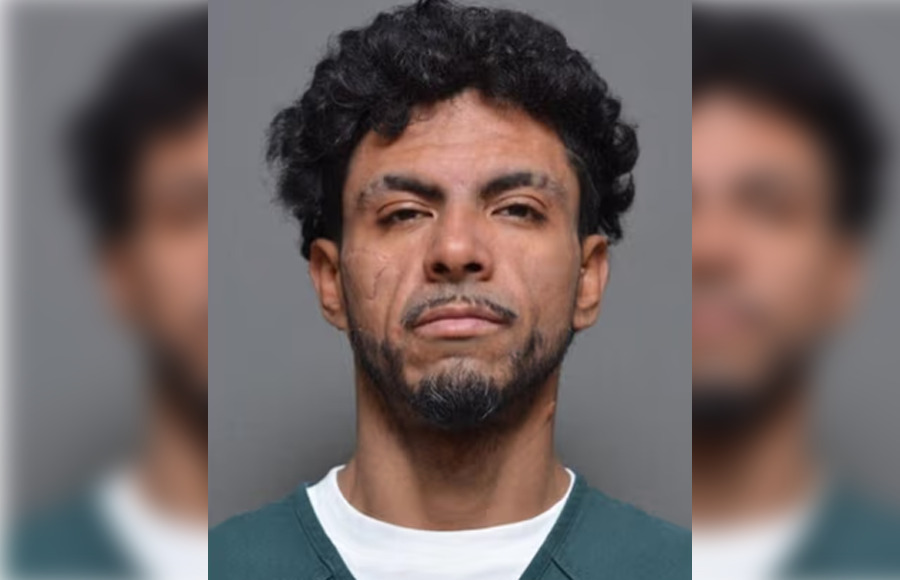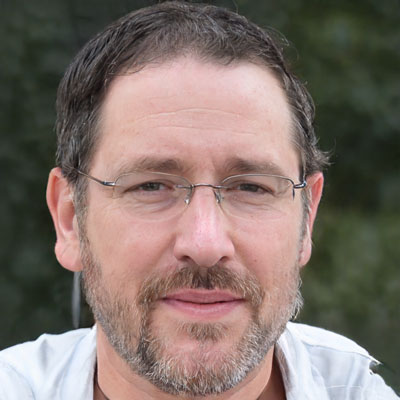
BAY SHORE, N.Y. – Suffolk County District Attorney Raymond A. Tierney announced today that a Bay Shore man has been formally indicted on sex trafficking and related charges for allegedly coercing a woman into prostitution through physical violence, drug addiction, and manipulation.
Daniel Soto, 37, is accused of arranging commercial sex acts with buyers and collecting all proceeds while exerting control over the victim. According to investigators, the abuse occurred between 2024 and 2025 and involved repeated instances where the victim was either physically assaulted or deprived of drugs when she attempted to resist Soto’s directives.
This indictment reflects our ongoing commitment to aggressively pursue human traffickers and seek justice for their victims,” said District Attorney Tierney. “The collaborative work of multiple agencies highlights how serious we are about dismantling trafficking operations and holding offenders fully accountable.”
Soto’s arrest followed a joint investigation involving the Suffolk County Police Department’s Human Trafficking Investigations Unit, the Suffolk County Sheriff’s Office’s Anti-Trafficking Initiative, and the District Attorney’s Hate Crimes, Elder Abuse, Anti-Bias, and Human Trafficking (H.E.A.T.) Unit.
On July 14, 2025, Soto was arraigned before Acting Supreme Court Justice Karen M. Wilutis on the following charges:
- One count of Sex Trafficking (Force), a Class B violent felony
- Two counts of Sex Trafficking, Class B felonies
- One count of Promoting Prostitution in the Second Degree, a Class C felony
- One count of Promoting Prostitution in the Fourth Degree, a Class A misdemeanor
Justice Wilutis ordered Soto held on $500,000 cash, $3 million bond, or $5 million partially secured bond while the case proceeds. He remains in custody at the Suffolk County Correctional Facility, where he is also being held on unrelated pending sexual assault charges.
Soto is scheduled to return to court on August 13, 2025. If convicted of the top charge, he faces up to 25 years in prison. He is currently represented by Katherine Fernandez, Esq.
The case is being prosecuted by Assistant District Attorney Jonathan Cappiello of the H.E.A.T. Unit. The investigation was led by Detective John Paul O’Connor of the Suffolk County Police Department’s Human Trafficking Investigations Unit, with support from members of the Suffolk County Sheriff’s Office’s Anti-Trafficking Initiative Team.
Background: Prior Charges Connected to High-Profile Trafficking Case
Daniel Soto is also facing separate charges in connection with one of Suffolk County’s most high-profile sex trafficking cases involving a missing teenage girl from Patchogue. In early 2025, Soto was named as the 12th defendant arrested in the case of Emmarae Gervasi, a 14-year-old who disappeared on December 9, 2024, and was found nearly a month later aboard a yacht at a marina in Islip.
Prosecutors allege that Soto had sexual contact with the victim between December 13 and December 20, 2024, while she was being trafficked. He was charged with second-degree rape and endangering the welfare of a child. The case involves a total of twelve defendants, including yacht owner Francis Buckheit and others accused of kidnapping, raping, and exploiting the minor.
In court filings, Soto’s attorney has challenged the identification process used by police, claiming that a photo array shown to the victim was improperly formatted and “unduly suggestive.” The defense argues that the close-cropped image of Soto may have influenced the victim’s identification, raising concerns about due process.
Despite the ongoing legal challenges in the Gervasi case, Soto now faces this additional indictment for sex trafficking an adult victim, further complicating his legal situation. He remains in custody at the Suffolk County Correctional Facility while both cases move forward in court.
Top Questions About Human Trafficking on Long Island
1. Is human trafficking really happening on Long Island?
Yes. While many associate human trafficking with international crime rings, it occurs locally as well. Law enforcement has identified multiple trafficking cases on Long Island in recent years, involving both minors and adults. These cases often involve coercion, manipulation, addiction, or force.
2. Who are the victims of human trafficking?
Victims can be anyone – minors or adults, U.S. citizens or undocumented immigrants. Many are vulnerable individuals facing addiction, homelessness, poverty, or prior abuse. In some cases, victims do not initially see themselves as being trafficked due to emotional or financial dependence on the trafficker.
3. How do traffickers control their victims?
Control tactics often include physical abuse, threats, emotional manipulation, drug dependency, isolation from family and friends, or confiscation of identification documents. Traffickers may pose as romantic partners, caretakers, or friends.
4. How do human trafficking cases on Long Island typically come to light?
Most cases are uncovered through tips, missing persons reports, victim escapes, or routine law enforcement operations – such as sting operations or welfare checks. Increasingly, multi-agency collaborations between police departments, sheriff’s offices, and prosecutors are being used to uncover and prosecute trafficking rings.
5. What is Suffolk County doing to combat human trafficking?
Suffolk County has dedicated units like the Human Trafficking Investigations Unit and the H.E.A.T. Unit (Hate Crimes, Elder Abuse, Anti-Bias, and Human Trafficking), which work with local and federal agencies. The county also partners with social service organizations to provide victim support and rehabilitation.
6. What are the penalties for human trafficking in New York State?
Human trafficking is a felony in New York. Depending on the degree and circumstances (such as the use of force or involvement of a minor), penalties can range up to 25 years in prison or more. Charges may also include rape, kidnapping, and promoting prostitution.
7. How can the public help fight trafficking in their communities?
Be aware of red flags: signs of physical abuse, individuals who seem fearful or controlled, people unable to speak for themselves, or young people involved in adult relationships or commercial sex. Report suspicious activity to local authorities or the National Human Trafficking Hotline: 1-888-373-7888.
8. Are traffickers usually part of large criminal networks?
Not always. While some are connected to organized crime or gangs, others are individuals exploiting people they know. In many Long Island cases, traffickers have been boyfriends, family members, or acquaintances who manipulate victims over time.
9. What role does drug addiction play in trafficking cases?
Addiction is a common control mechanism. Traffickers often introduce or exploit drug dependency to keep victims compliant. Victims may rely on traffickers for access to narcotics, making it harder to leave the situation.
10. What support is available for survivors of trafficking on Long Island?
Organizations such as ECLI-VIBES and Suffolk County Crime Victims Center offer crisis support, shelter, legal advocacy, and counseling. Law enforcement also collaborates with these services to ensure victims are not treated as criminals.


